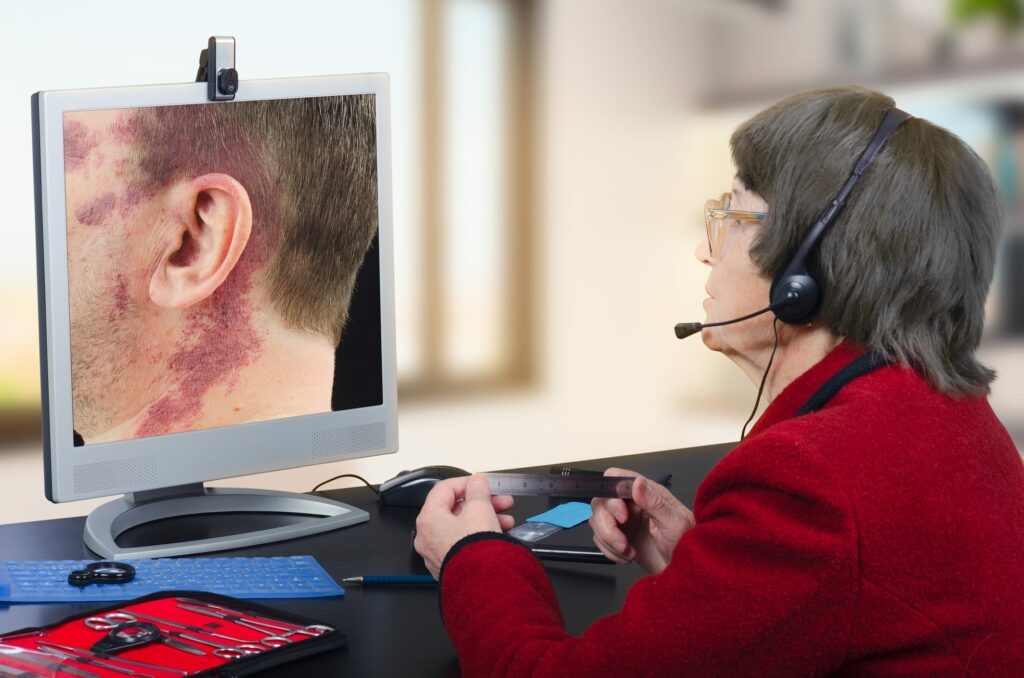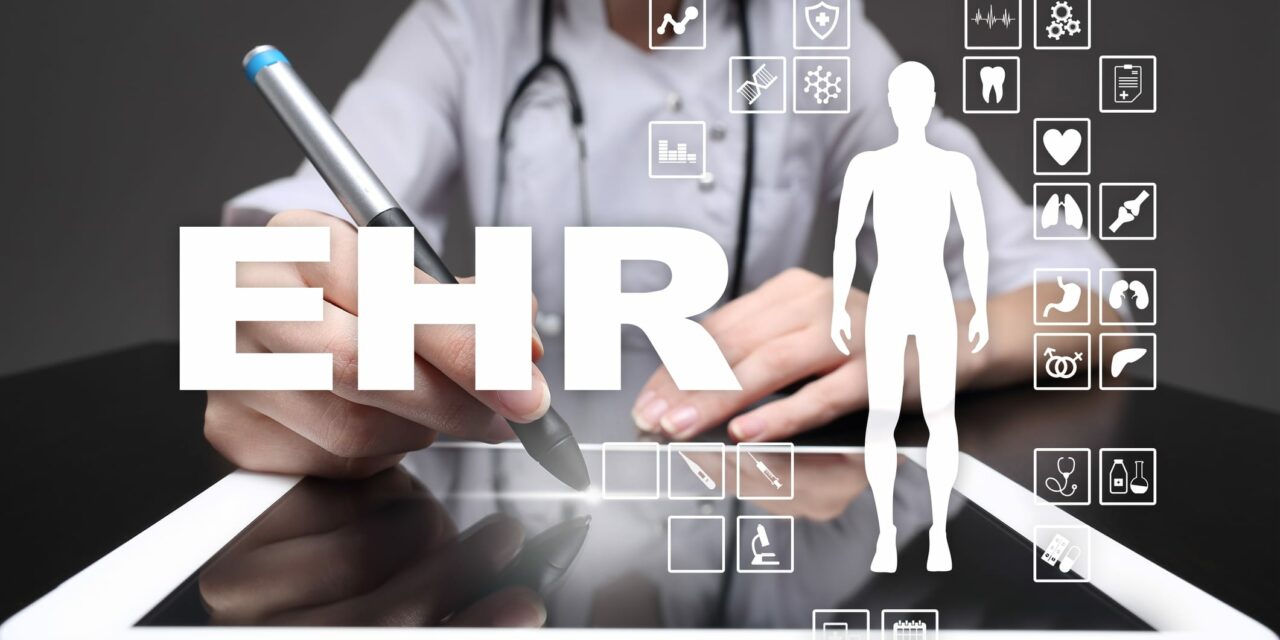EHR systems designed for dermatology are improving patient care with high-resolution imaging, lesion tracking, and integrated teledermatology capabilities.
The integration of electronic health record (EHR) systems with dermatology-specific functionalities has become a crucial aspect of modern dermatological practice. EHR systems, designed to meet the unique needs of dermatologists, offer numerous benefits that enhance patient care and streamline clinical workflows.
This article explores the key features of optimized EHR systems for dermatology and their impact on practice efficiency and patient outcomes.
High-Resolution Image Storage and Management
One of the most critical features of a dermatology-specific EHR system is the ability to store and manage high-resolution images. Dermatologists rely heavily on visual data to diagnose and monitor skin conditions. Therefore, an EHR system must support the storage of high-quality images, allowing for detailed examination and comparison over time.

Advanced image management tools enable dermatologists to annotate images, track changes in lesions, and easily retrieve historical images during patient follow-ups.
Lesion Tracking and Mapping
Lesion tracking and mapping functionalities are essential for monitoring the progression of skin conditions such as melanoma, psoriasis, and eczema. EHR systems equipped with these features allow dermatologists to document the size, color, and location of lesions accurately.
These tools often include visual aids, such as body maps, that help in documenting and comparing lesions across different visits. This precise tracking aids in early detection of changes that might indicate malignancy or exacerbation, leading to timely interventions and better patient outcomes.
Integration with Teledermatology
The advent of telemedicine has significantly impacted dermatology, where visual assessment is paramount. EHR systems that integrate teledermatology capabilities enable dermatologists to conduct remote consultations efficiently.

Features such as secure image sharing, video conferencing, and asynchronous consultations allow dermatologists to extend their reach to underserved areas and provide timely care to patients who might otherwise face barriers to accessing in-person dermatological services. This integration also supports continuity of care, as all teledermatology interactions are documented within the same EHR system.
Customized Templates and Clinical Decision Support
Customized templates tailored for dermatology practice streamline the documentation process, reducing the time spent on data entry. These templates can include predefined fields for common dermatological conditions, treatments, and procedures, ensuring that critical information is captured consistently.
Additionally, clinical decision support tools embedded within the EHR system can provide real-time alerts and recommendations based on the latest clinical guidelines. For example, an alert might remind the dermatologist to perform a biopsy on a suspicious lesion or suggest treatment options for a diagnosed condition, thereby enhancing clinical decision-making and improving patient care.
Benefits of Optimized EHR Systems

The implementation of dermatology-specific EHR systems offers several benefits that contribute to improved practice efficiency and patient outcomes. Some of the key advantages include:
- Enhanced Diagnostic Accuracy: High-resolution imaging and precise lesion tracking enable more accurate diagnoses and monitoring of skin conditions.
- Improved Workflow Efficiency: Customized templates and streamlined documentation processes reduce administrative burden, allowing dermatologists to focus more on patient care.
- Better Patient Engagement: Teledermatology and integrated patient portals facilitate better communication and engagement, empowering patients to take an active role in their treatment plans.
- Data-Driven Insights: Advanced analytics and reporting tools provide valuable insights into patient populations, treatment outcomes, and practice performance, guiding continuous improvement efforts.
Wrap-Up
Integrating EHR systems with dermatology-specific functionalities improves the way dermatologists manage patient care. From high-resolution image storage to teledermatology integration, these systems enhance diagnostic accuracy, streamline workflows, and improve patient engagement. By leveraging the full potential of optimized EHR systems, dermatologists can provide superior care, ultimately leading to better patient outcomes and a more efficient practice.
Photo 128438920 © Wrightstudio | Dreamstime.com



